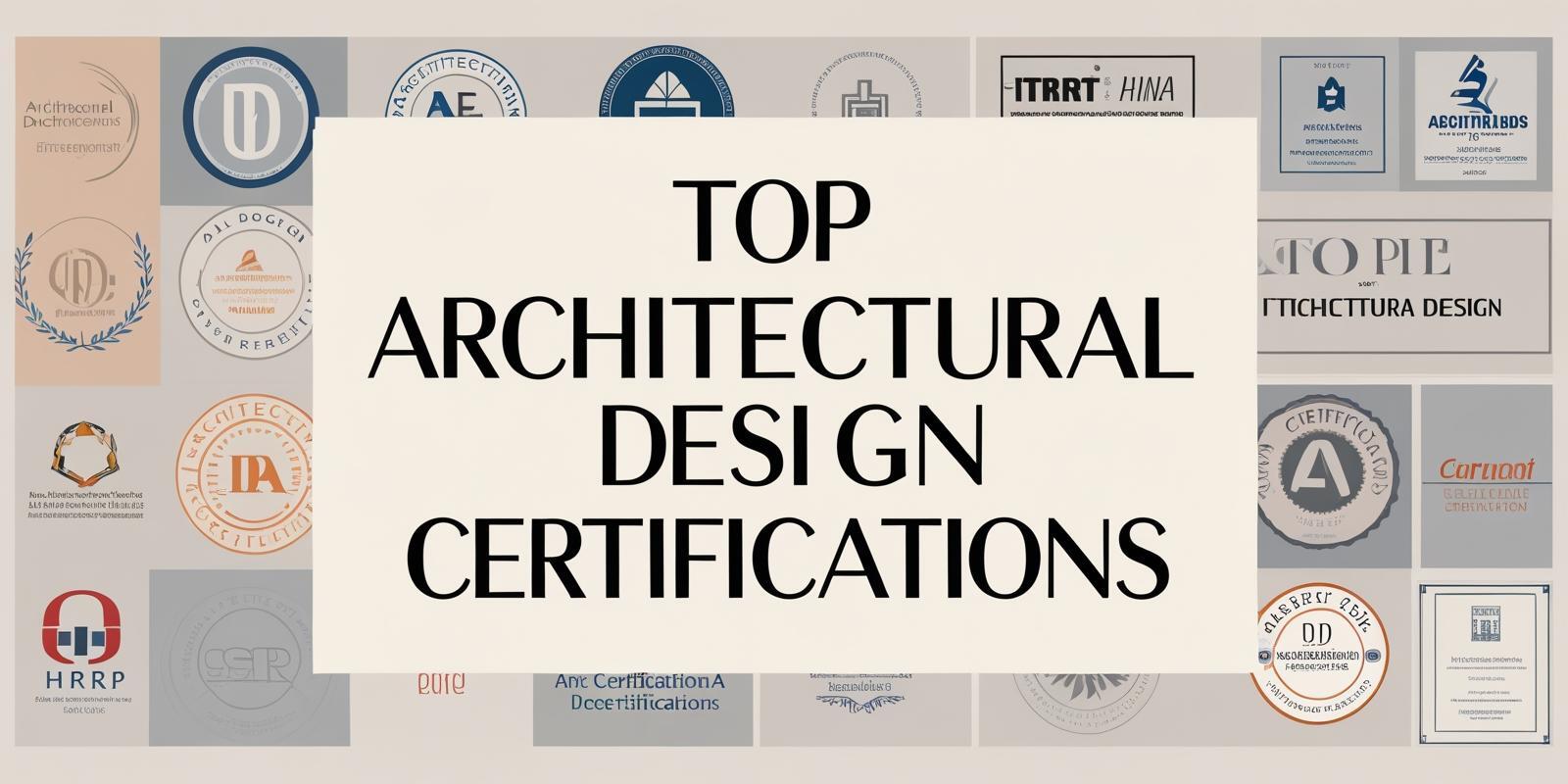.jpg)
If you have been working as an assistant architect for the past few years, it’s natural to start thinking of doing your M.Arch (Master of Architecture) degree soon. For many architectural graduates, it is a dream to get a postgraduate degree from a prestigious university and work for famous firms. However, the exorbitant cost of postgraduate degrees, especially M.Arch courses, has many architects questioning if it’s the right path to pursue.
And they are right to question. It is no secret that the cost of a master is skyrocketing, especially when compared against their ROIs. In this article, we break down the costs of M.Arch courses and what architects should consider to avoid debt.
The Financial Landscape of M.Arch Programmes
The most fundamental and expensive cost you will bear is the tuition fee. M.Arch colleges in India can cost around INR 2 lakhs per year. Considering going abroad for your postgrad? Expect exponentially higher fees. Here are the numbers per year:
|
U.S |
USD 15,000 - 65,000 (approximately INR 12 - 55Ls) |
|
U.K |
GBP 15,000 - 30,000 (approximately INR 17 - 34 Ls) - international student fees for RIBA Part 2 equivalent courses |
|
Australia |
AUD 40,000 - 60,000 (approximately INR 22 - 33 Ls) |
|
Canada |
CAD 10,000 - 50,000 (approximately INR 9 - 31 Ls) |
The following fees are based on Studyportals and university websites. Check the university websites for the latest fee structure.
Now that’s not the end. There will be additional charges to be paid to the university per year, including the health insurance and visa fees, as well as other costs incurred by your programme, like material costs for printing and model making.
The next highest cost is the living expenses. If your family already owns a house and you luckily get to live with them, then you may have less to worry about. Otherwise, there is rent, bills and groceries to pay for. Moreover, cities like London, New York, and Singapore have high living costs.
Whether you plan to do your M.Arch in India or abroad, this is a list of expenses throughout the M.Arch course:
- Tuition fees
- Living expenses - rent, bills, food
- Books, printing, materials and supplies
- Visa + transportation (if abroad)
- Hardware and software
- Events and visits (may or may not be covered by the university)
- Medical expenses and insurance
The Hidden Intangible Costs
The list above is just on ‘tangible’ costs. How about the intangible costs?
Burnout
Architecture courses are famous for their intense workload. Not to say working in the office isn’t stressful, but at least you do get time off. Additionally, if you cannot adapt to university life again, it can add to the stress and burnout.
Delayed Earnings
The sheer workload of M.Arch makes holding onto a job pretty difficult, if not impossible. This means a loss of potential earnings you could have made.
Lost Time for Career Exploration
By the end of 2 years, you will be even less inclined to explore different career paths as you could feel you have wasted those 2 years or that you will need to invest more time to learn a new skill.
ROI: Earning Potential vs Educational Investment
While an M.Arch degree can eventually lead to better opportunities, the immediate jump is still a matter of luck or isn’t satisfactory compared to the investment made. In the workforce, while your degrees still do matter, your portfolio and practical skills are stronger determinants in getting better job opportunities and pay.
Have you asked yourself these questions when considering M.Arch?
- Why do you want to do M.Arch specifically?
- What do you aim to achieve from the M.Arch programme?
- How about jobs after M.Arch? Do you have a targeted job title?
- How can a postgraduate degree help you achieve your career goals? Can you still achieve them without doing M.Arch?
- Will M.Arch drastically increase your salary or opportunities afterwards, or can you get similar or better results through targeted upskilling?
Also Read: Architecture For Mindfulness
The Debt Cycle and Its Implications
Doing a master’s degree is an investment not just because of costs but also because it is a financial drain. M.Arch courses are tough enough that students cannot even fathom continuing to work concurrently. Working part-time or freelance may be fine, just with additional physical and mental stress, but the pay is way less than a full-time job and just one job isn’t enough to sustain your livelihood.
By the time you start your master’s, you will have already started working and earning an income. With full-time studying, you risk losing 2-3 years of income throughout the M.Arch course duration. Combined with the costs of living and tuition, you face the financial drain.
As a result, often, aspiring students will take out loans to do their master's. This is a reasonable need, especially if they plan to study abroad. But what happens when they take on more debt than they can repay? As more debt and interest accrue, they fall into a cycle of debt and loans.
Can You Still Avoid the Debt Trap and Succeed in Architecture?
YES! Because what you need to succeed in architecture or any job is skills, not degrees.
With or without M.Arch, portfolios that show your skills best are what will get you hired.
Another option for a better-paying job in architecture is to specialise. So many architects in the industry, and most can’t differentiate themselves from the rest. By specialising in a specific niche like computational design, you can position yourself as an expert and be indispensable.
Many industry-specific certificates teach relevant skills and cost way less than M. Arch courses. These certificates can be completed while you work a full-time job so you will still have a stable income.
Alternative Career Paths in Architecture Without M.Arch
BIM Specialist
BIM roles are sought after by major architecture firms worldwide with better salaries even at entry levels. The highest salary estimated is around INR 10 lakhs, and it takes fewer years to become a BIM specialist and earn better than an architect.
Computational Design Specialist
If you are enthusiastic about design, computational design may be the right path for you. A computational design specialist may assist the architects with complex geometry or visualisations, or may work independently as a design expert.
Sustainability Consultant
The AEC industry needs sustainability consultants who can help guide architects and firms in sustainable design, management and operations. These consultants will work with architects and engineers to ensure the design is sustainable, energy efficient and less damaging to the environment.
Find out 7 more roles here: 10 High-Paying Architecture Jobs You Can Get by Upskilling in 2025
Conclusion
Getting an M.Arch degree is neither the beginning of a great career nor the end of your learning journey as an architect. With the ever-improving technology, there are so many ways to design and improve your career. You already have the foundations; your next step is to build your work experience with market-driven skills that increase your value as an architect to a firm and to your clients.
This brings us to Novatr, where architects are empowered to stay ahead in a fast-evolving AEC industry through future-ready learning experiences.
Their flagship offering, the BIM Professional Course for Architects, provides practical training in tools like Revit and Navisworks, along with project-based learning and career mentorship.
To access more insights, tips, and expert guidance, visit the Novatr Resource Page. Why pause your career for a degree when you can invest in better skills that make you indispensable?
FAQs
1. Why is the M.Arch degree often associated with significant debt?
M.Arch degrees are expensive with just tuition fees alone. Students will also have to take into consideration other fees and costs for printing supplies etc. By the end of 2 years, these would have accumulated to significant spending that most students without full-time jobs cannot afford.
2. What are the average costs associated with an M.Arch program?
It depends on the location. In India, it can cost around ₹2 lakhs per year.
3. What is the typical starting salary for M.Arch graduates?
In India, the starting salary for M.Arch graduates ranges from INR 7-10 lakhs. The salary depends on your skills, experience and the location.
4. What strategies can help minimise debt while pursuing an M.Arch?
Plan your finances wisely even before you pursue your degree, then stick to strict budgeting and financial planning during your studies. Find out and apply for any scholarships and grants you can get, too.
5. Are there alternative career paths in architecture that don't require an M.Arch?
Most roles in BIM, computational design and sustainability don’t require an M.Arch degree.
Was this content helpful to you













